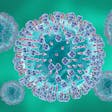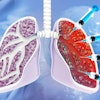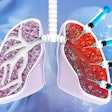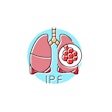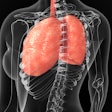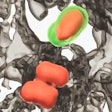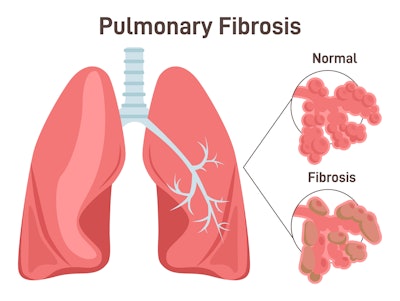
Researchers have found a potential novel pathway to slow the advancement of pulmonary fibrosis and other fibrotic diseases, such as idiopathic pulmonary fibrosis (IPF) — a quick advancing condition with an average post-diagnostic survival rate of less than three years.
The study, “Piezo2 Is a Key Mechanoreceptor in Lung Fibrosis That Drives Myofibroblast Differentiation,” was published in The American Journal of Pathology and demonstrates Piezo2 as a critical receptor that senses mechanical forces in tissues controlling stress, strain, and stiffness. Identifying this new target could lead to treatments that impede Piezo2 and improve patient outcomes.
“We are excited to report that this research that suggests inhibiting expression or function of Piezo2 could be a potential new therapeutic route to treating lung fibrosis and other fibrotic diseases,” said lead investigator Patricia J. Sime, MD, division of pulmonary disease and critical care medicine at Virginia Commonwealth University. “This is especially important as there is an unmet need for additional therapies for fibrotic diseases.”
According to a press release from Elsevier, Ardem Patapoutian, PhD, discovered Piezo receptors in 2010 and received the Nobel Prize in Medicine for his research in 2021. Interest in the receptors’ interest has grown, but little has been published on its role in fibrotic lung disease.
A research team examined donor tissue from patients with IPF, as well as mouse models of lung fibrosis and cell culture investigation of fibroblasts, to observe how mechanical forces in lung tissue contribute to and drive pulmonary fibrosis. They also looked at publicly available RNAseq datasets from other research groups.
Key findings include:
- Piezo2 is highly expressed in human lung tissue from human patients with IPF and in multiple mouse models of lung fibrosis.
- Piezo2 is highly expressed in primary human lung fibroblasts in culture, the cells that are believed to play key roles in producing fibrosis in tissues (by proliferating and laying down matrix proteins, creating scar-like features).
- Lung fibroblasts grown on stiffer substrates are reprogrammed to be more profibrotic by proliferating, producing extra matrix proteins, and differentiating to scar-forming myofibroblasts.
- Obstruction of Piezo2 with either RNA silencing or a peptide inhibitor, to prevent tissues from sensing the stiffness of their environment, reduces profibrotic programming.
Therapies like nintedanib and pirfenidone can help slow down some fibrotic lung diseases, but fibrosis remains challenging to effectively treat and stop progression. This is partially because lung cells can be driven to a profibrotic phenotype by multiple pathways that reinforce each other, therefore targeting one pathway alone isn’t enough.
“This research identifies mechanical forces and a new specific target (Piezo2) that we can block to prevent fibrotic reprogramming of some lung cells,” Dr. Sime said. “We believe this points to Piezo2 as an important new therapeutic target that might (by itself or in combination with other therapies) slow the progression of pulmonary fibrosis in our patients.”

